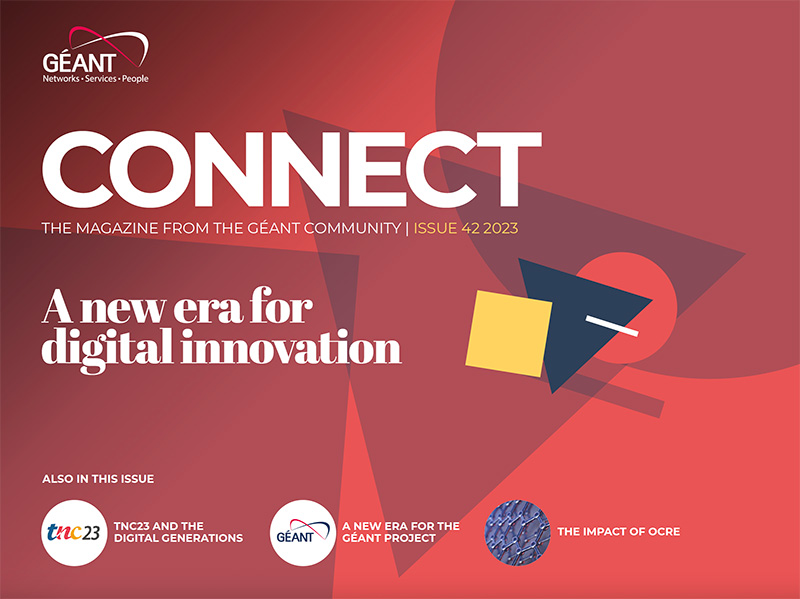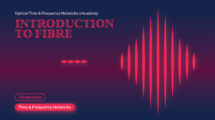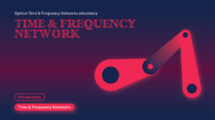The demand for high-capacity networking solutions is on the rise, especially for data centre interconnections that require the transfer of large amounts of traffic. In response to this demand, the development of low-power, small-form factor coherent DWDM pluggables has been a focus in the industry.
One such solution is the 400G ZR standard, which is an Ethernet-based networking interface defined by the Optical Internetworking Forum (OIF). While the form-factor of 400G ZR is not specified, it has been designed to fit into mechanical form-factors such as the Quad Small Form Factor Pluggable Double Density (QSFP-DD) and the Octal Small Form Factor Pluggable (OSFP). These form-factors are defined by Multi-Source Agreements (MSAs). To meet the requirements of the 400G ZR standard, new design techniques have been employed for the coherent Digital Signal Processor (DSP) and electro-optical devices in order to achieve the necessary low power and small size.
The 400G ZR+ standard builds upon the 400G ZR standard by extending its optical reach. It was standardised by the Open ZR+ MSA in September 2020 and uses more advanced Forward Error Correction (FEC) and higher-grade optics to achieve the additional reach. The strength of this standard is its ability to set the modulation type to match the reach to the cable system, as shown in the table below.
| Specification | Data rate | Modulation | FEC/coding gain | Target reach (fibre dependent) |
| OIF 400ZR | 400G | DP-16QAM | OFEC/11.6dB | 120km |
|
OpenZR+ |
400G | DP-16QAM | OFEC/11.6dB | 1400km |
| 300G | DP-8QAM | OFEC/11.6dB | 2500km | |
| 200G | DP-QPSK | OFEC/11.6dB | 3000km | |
| 100G | DP-QPSK | OFEC/11.6dB | 8000km |
Table: Max reach of ZR and ZR+ optics from Open ZR+ MSA
The XR standard develops the concept of ZR+ by using Nyquist sub-carriers giving multipoint capabilities. The optical reach of the XR standard is similar to that of ZR+, but it also allows for the aggregation of multiple lower-speed interfaces into a few high-speed interfaces. This makes it a suitable solution for multipoint applications in metro area access networks. The Open XR Forum is an MSA working group for XR optics and hardware is currently in production, with the first products expected to be available for shipping in 2023.
Routing equipment vendors are increasingly looking to integrate ZR, ZR+ and XR optics into their equipment, this opens an opportunity for network providers to make use of this equipment in our network.
As the adoption of ZR, ZR+, and XR optics increases, multiple component suppliers are developing hardware, which is expected to significantly drive down prices for high-capacity coherent optics in the coming years. This makes them an attractive option for use in the GÉANT IP backbone, as they could potentially allow for the removal of most transponders from some sites in the network, resulting in cost, power, and space savings.
In 2023, GÉANT plans to run a field trial of this technology and we will keep you updated on the results of the trial.

Read or download the full magazine here







